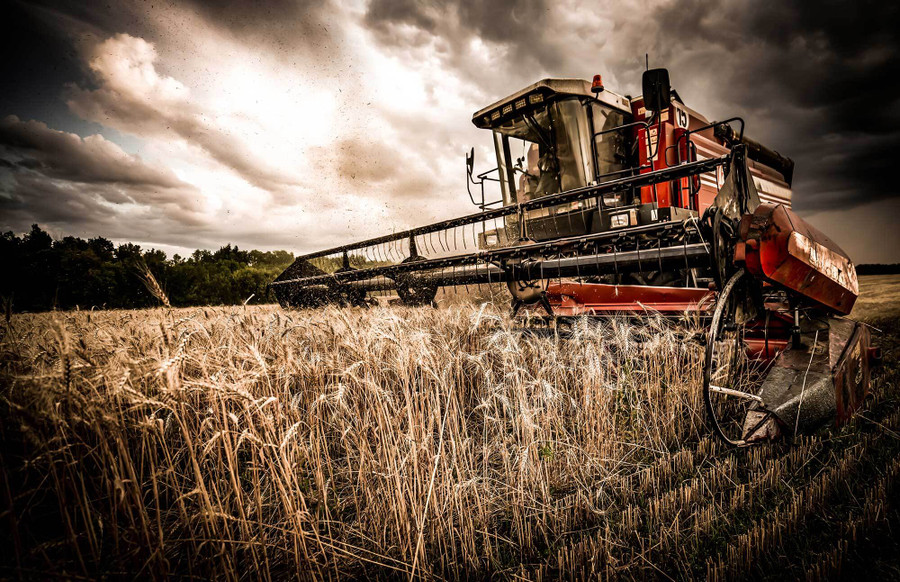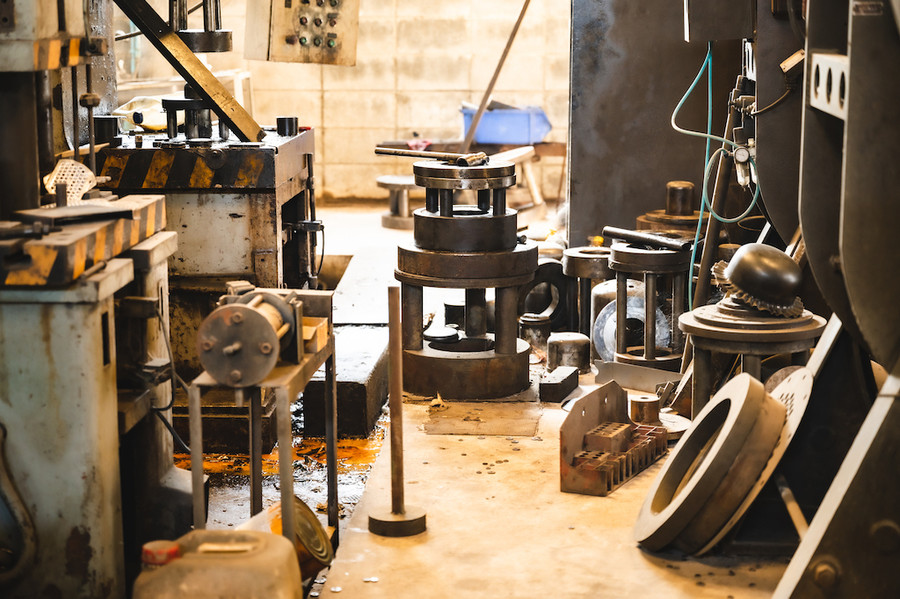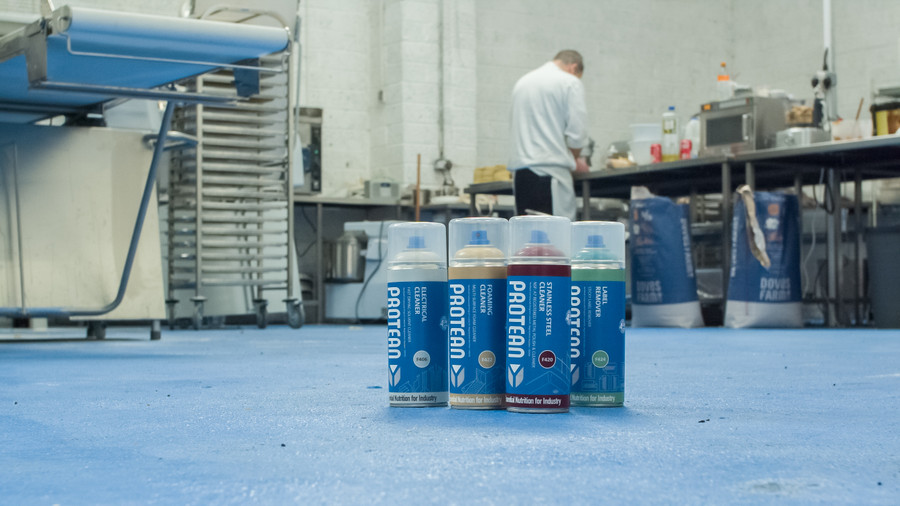TYGRIS Academy Blog
Welcome to TYGRIS Academy! Gear up and and get ready to learn about all things lubrication, protection, cleaning and more...
Your Essential Shopping List For Food Grade Operations
Keeping your workspace clean and your machinery running smoothly is paramount, and that's where a carefully curated shopping list becomes your best ally.…
Maintenance and Lubrication For The Agricultural Sector
From planting to harvest, machinery endures relentless exposure to harsh conditions, meaning protection is vital.…
ONOS: The Future Of Biodegradable Lubricants
Introducing ONOS, the first biodegradable lubricant range from TYGRIS. Engineered for a sustainable future, ONOS delivers exceptional performance across diverse industries like forestry, marine, and a…
Workplace Safety: The Cleaners & Sanitisers You Need
At TYGRIS, we understand this critical connection between cleanliness and safety, offering a comprehensive range of industrial-grade cleaners and sanitisers designed for professional environments.…
What Is Food Grade Lubrication?
At TYGRIS, our goal is to create innovative solutions for machinery and tool lubrication across all industries. For the Food & Beverage sector, we created the PROTEAN range so that you can still make…
What Is Anti-Seize? Your Guide To Fighting Corrosion
Fight corrosion and beat component seizure with our easy-to-follow guide to anti-seize compounds and grease.…
The Ultimate Guide To Spill Kits
In this blog, we take a deep dive into all things Spill Kits for your workplace. Whether you're looking for Spill Control Solutions for oil, chemical or water based spills, we've got you covered.…
What Are Degreasers?
Degreasers are specialised cleaning products designed to effectively remove stubborn grease, oil, and grime from various surfaces. They are essential tools in many industries, from automotive maintena…










